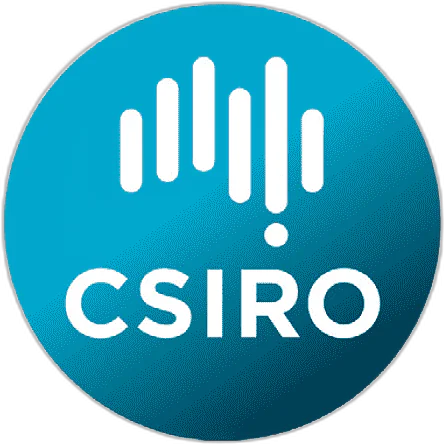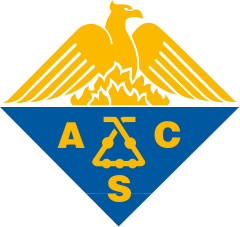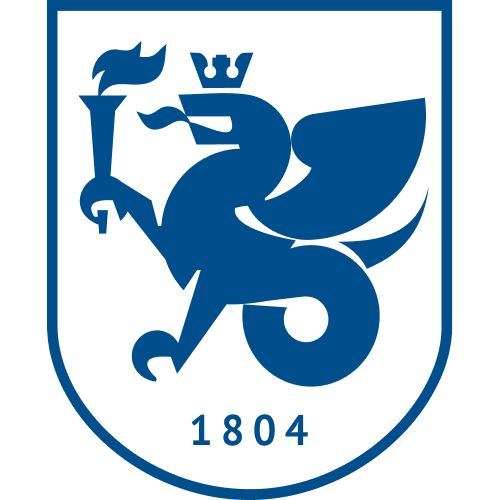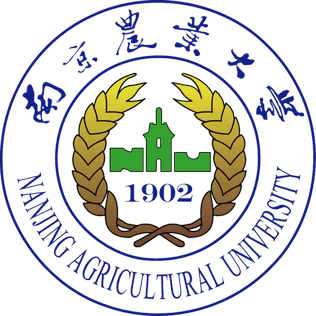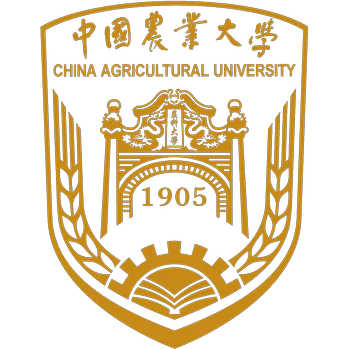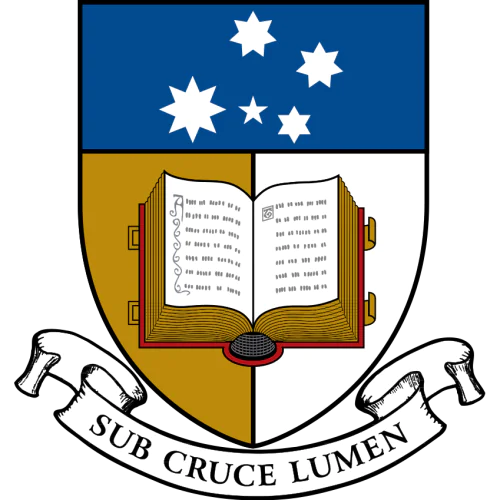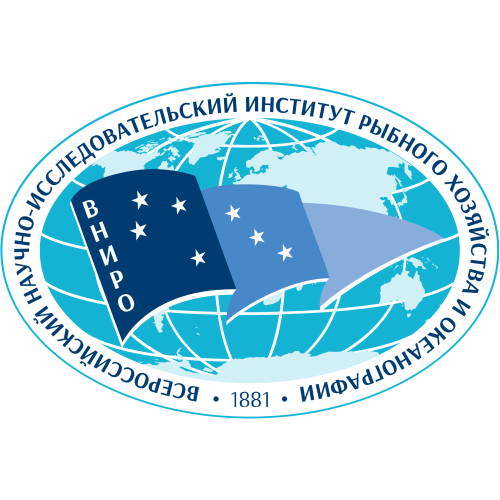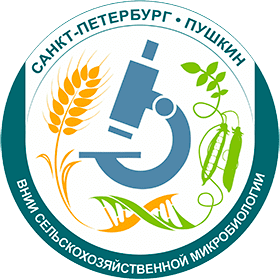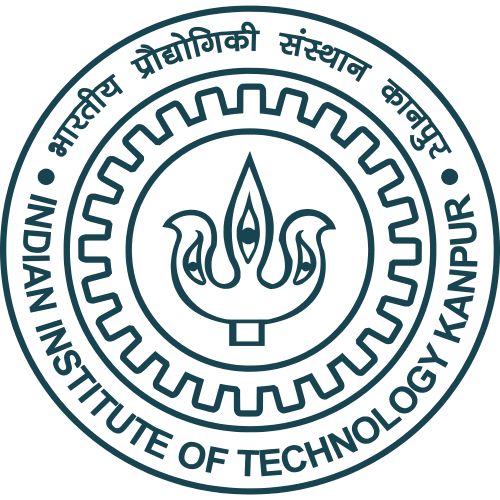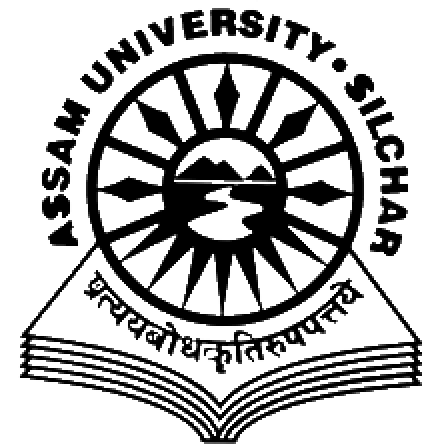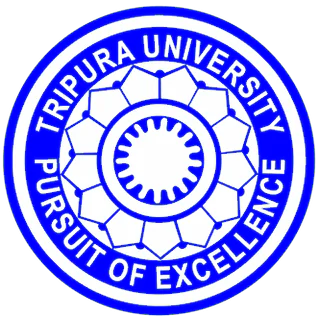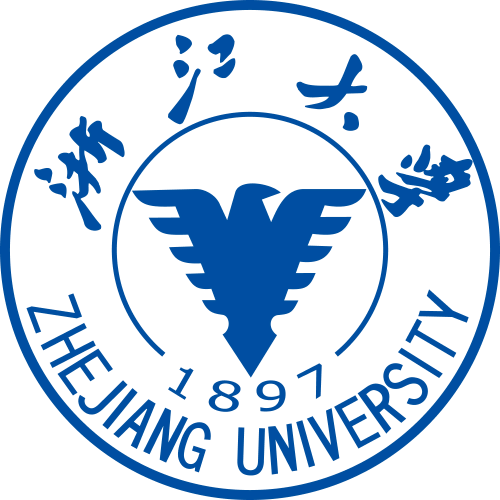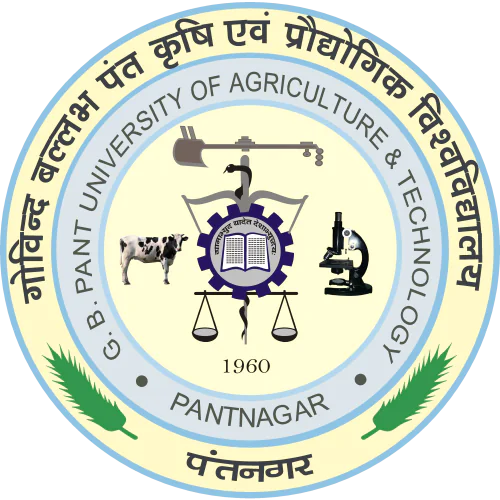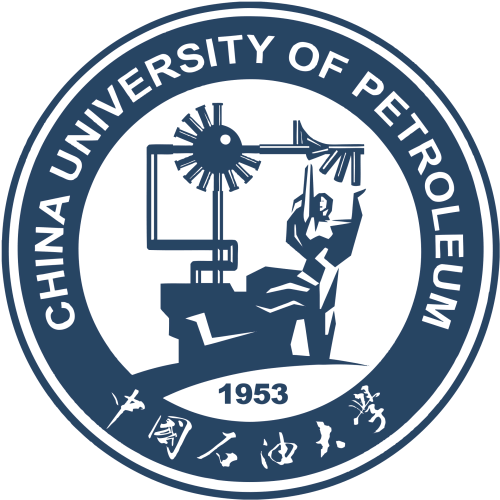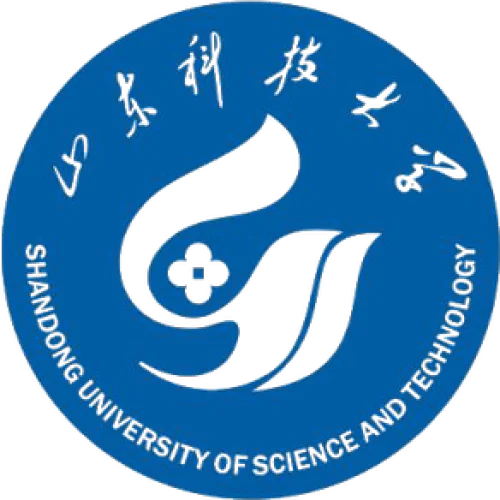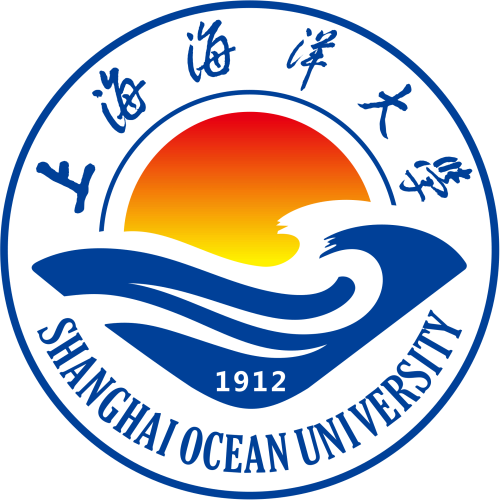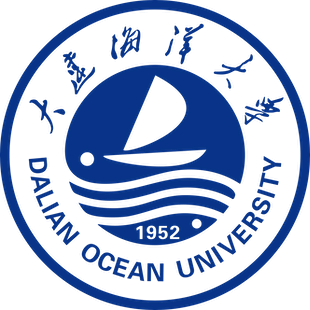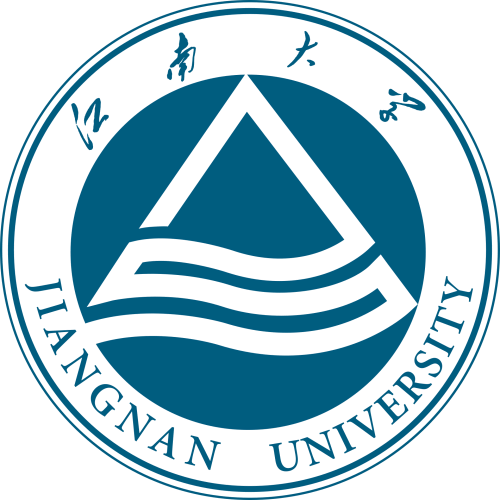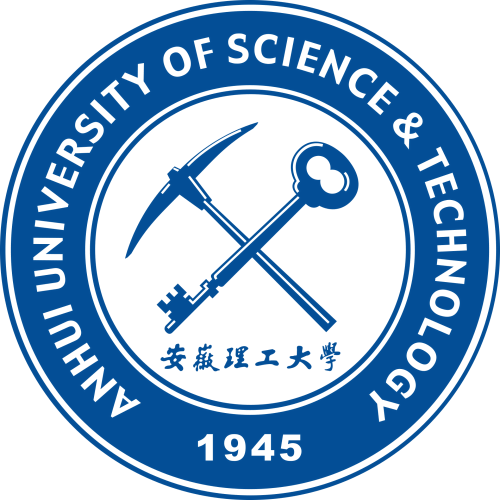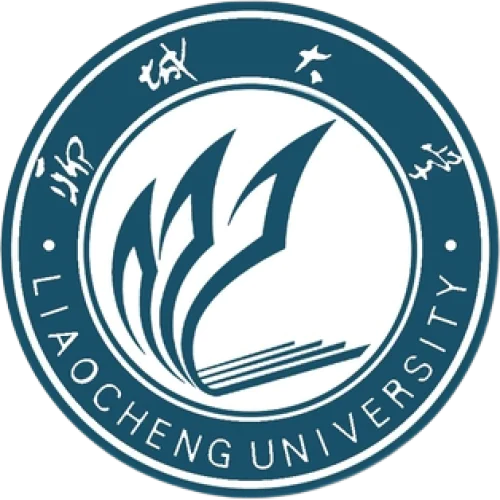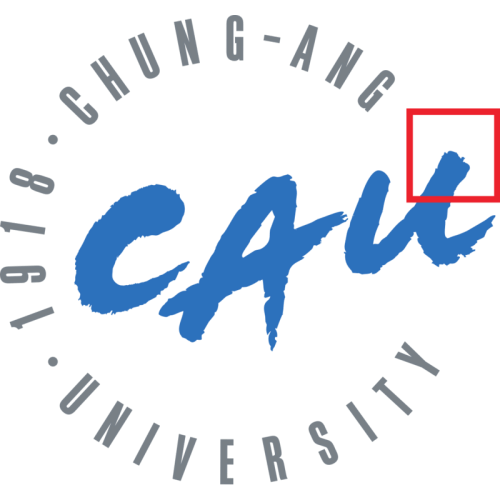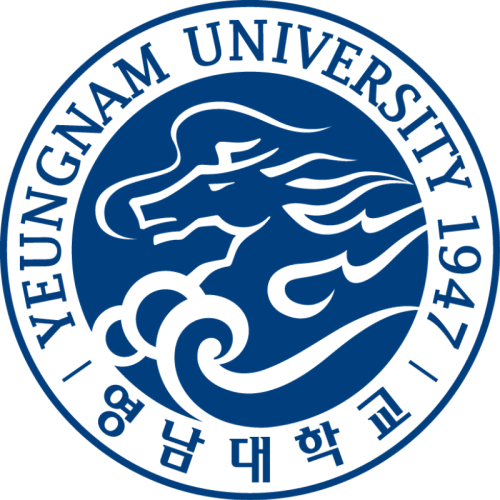Irina Yu Pozdnyakova-Filatova
🥼
🥼
Irina can become your supervisor
If you would like to work under his/her guidance, please write a message or contact him/her on social media.
Authorization required.
🤝
🤝
Irina is looking for opportunities for scientific collaboration
If you would like to do joint research with him/her, write a message or contact him/her on social media.
Authorization required.
Publications
13
Citations
36
h-index
5
Education
Tula State University
2007 — 2012,
Specialist, Natural Science
Found
Nothing found, try to update filter.
Found
Nothing found, try to update filter.
Found
Nothing found, try to update filter.
Total publications
13
Total citations
36
Citations per publication
2.77
Average publications per year
1.44
Average coauthors
5.69
Publications years
2017-2025 (9 years)
h-index
5
i10-index
1
m-index
0.56
o-index
7
g-index
6
w-index
1
Metrics description
h-index
A scientist has an h-index if h of his N publications are cited at least h times each, while the remaining (N - h) publications are cited no more than h times each.
i10-index
The number of the author's publications that received at least 10 links each.
m-index
The researcher's m-index is numerically equal to the ratio of his h-index to the number of years that have passed since the first publication.
o-index
The geometric mean of the h-index and the number of citations of the most cited article of the scientist.
g-index
For a given set of articles, sorted in descending order of the number of citations that these articles received, the g-index is the largest number such that the g most cited articles received (in total) at least g2 citations.
w-index
If w articles of a researcher have at least 10w citations each and other publications are less than 10(w+1) citations, then the researcher's w-index is equal to w.
Top-100
Fields of science
|
1
2
|
|
|
Molecular Biology
|
Molecular Biology, 2, 15.38%
Molecular Biology
2 publications, 15.38%
|
|
General Medicine
|
General Medicine, 2, 15.38%
General Medicine
2 publications, 15.38%
|
|
Microbiology (medical)
|
Microbiology (medical), 2, 15.38%
Microbiology (medical)
2 publications, 15.38%
|
|
Microbiology
|
Microbiology, 2, 15.38%
Microbiology
2 publications, 15.38%
|
|
Applied Microbiology and Biotechnology
|
Applied Microbiology and Biotechnology, 2, 15.38%
Applied Microbiology and Biotechnology
2 publications, 15.38%
|
|
Catalysis
|
Catalysis, 1, 7.69%
Catalysis
1 publication, 7.69%
|
|
Organic Chemistry
|
Organic Chemistry, 1, 7.69%
Organic Chemistry
1 publication, 7.69%
|
|
Biochemistry
|
Biochemistry, 1, 7.69%
Biochemistry
1 publication, 7.69%
|
|
Inorganic Chemistry
|
Inorganic Chemistry, 1, 7.69%
Inorganic Chemistry
1 publication, 7.69%
|
|
Physical and Theoretical Chemistry
|
Physical and Theoretical Chemistry, 1, 7.69%
Physical and Theoretical Chemistry
1 publication, 7.69%
|
|
Computer Science Applications
|
Computer Science Applications, 1, 7.69%
Computer Science Applications
1 publication, 7.69%
|
|
Spectroscopy
|
Spectroscopy, 1, 7.69%
Spectroscopy
1 publication, 7.69%
|
|
Genetics
|
Genetics, 1, 7.69%
Genetics
1 publication, 7.69%
|
|
Multidisciplinary
|
Multidisciplinary, 1, 7.69%
Multidisciplinary
1 publication, 7.69%
|
|
Infectious Diseases
|
Infectious Diseases, 1, 7.69%
Infectious Diseases
1 publication, 7.69%
|
|
Pharmacology (medical)
|
Pharmacology (medical), 1, 7.69%
Pharmacology (medical)
1 publication, 7.69%
|
|
Biotechnology
|
Biotechnology, 1, 7.69%
Biotechnology
1 publication, 7.69%
|
|
Bioengineering
|
Bioengineering, 1, 7.69%
Bioengineering
1 publication, 7.69%
|
|
Epidemiology
|
Epidemiology, 1, 7.69%
Epidemiology
1 publication, 7.69%
|
|
1
2
|
Journals
|
1
2
|
|
|
Scientific Reports
2 publications, 15.38%
|
|
|
International Journal of Molecular Sciences
2 publications, 15.38%
|
|
|
Environments - MDPI
1 publication, 7.69%
|
|
|
Applied Biochemistry and Microbiology
1 publication, 7.69%
|
|
|
Journal of Biotechnology
1 publication, 7.69%
|
|
|
FEMS Microbiology Letters
1 publication, 7.69%
|
|
|
Biology
1 publication, 7.69%
|
|
|
Frontiers in Microbiology
1 publication, 7.69%
|
|
|
Clinical Microbiology and Antimicrobial Chemotherapy
1 publication, 7.69%
|
|
|
1
2
|
Citing journals
Publishers
|
1
2
3
4
|
|
|
MDPI
4 publications, 30.77%
|
|
|
Springer Nature
2 publications, 15.38%
|
|
|
Elsevier
1 publication, 7.69%
|
|
|
Oxford University Press
1 publication, 7.69%
|
|
|
Pleiades Publishing
1 publication, 7.69%
|
|
|
Frontiers Media S.A.
1 publication, 7.69%
|
|
|
Interregional Association for Clinical Microbiology and Antimicrobial Chemotherapy
1 publication, 7.69%
|
|
|
1
2
3
4
|
Organizations from articles
|
1
2
3
4
5
6
7
8
|
|
|
Skryabin Institute of Biochemistry and Physiology of Microorganisms of the Russian Academy of Sciences
8 publications, 61.54%
|
|
|
Pushchino Scientific Center for Biological Research of the Russian Academy of Sciences
6 publications, 46.15%
|
|
|
Organization not defined
|
Organization not defined, 4, 30.77%
Organization not defined
4 publications, 30.77%
|
|
Institute for Biological Instrumentation of the Russian Academy of Sciences
2 publications, 15.38%
|
|
|
Tula State University
2 publications, 15.38%
|
|
|
Lomonosov Moscow State University
1 publication, 7.69%
|
|
|
Institute of Theoretical and Experimental Biophysics of the Russian Academy of Sciences
1 publication, 7.69%
|
|
|
National Research University Higher School of Economics
1 publication, 7.69%
|
|
|
Institute of Protein Research of the Russian Academy of Sciences
1 publication, 7.69%
|
|
|
Institute of Basic Biological Problems of the Russian Academy of Sciences
1 publication, 7.69%
|
|
|
N.N. Semenov Federal Research Center for Chemical Physics of the Russian Academy of Sciences
1 publication, 7.69%
|
|
|
Kazan Federal University
1 publication, 7.69%
|
|
|
Lobachevsky State University of Nizhny Novgorod
1 publication, 7.69%
|
|
|
MIREA — Russian Technological University
1 publication, 7.69%
|
|
|
Artificial Intelligence Research Institute
1 publication, 7.69%
|
|
|
PJSC Sberbank
1 publication, 7.69%
|
|
|
Juntendo University
1 publication, 7.69%
|
|
|
1
2
3
4
5
6
7
8
|
Countries from articles
|
1
2
3
4
5
6
7
8
9
|
|
|
Russia
|
Russia, 9, 69.23%
Russia
9 publications, 69.23%
|
|
Country not defined
|
Country not defined, 4, 30.77%
Country not defined
4 publications, 30.77%
|
|
Japan
|
Japan, 1, 7.69%
Japan
1 publication, 7.69%
|
|
1
2
3
4
5
6
7
8
9
|
Citing organizations
|
1
2
3
4
5
6
|
|
|
Organization not defined
|
Organization not defined, 6, 16.67%
Organization not defined
6 citations, 16.67%
|
|
Nanjing Agricultural University
4 citations, 11.11%
|
|
|
Lomonosov Moscow State University
3 citations, 8.33%
|
|
|
Pushchino Scientific Center for Biological Research of the Russian Academy of Sciences
3 citations, 8.33%
|
|
|
Institute of Theoretical and Experimental Biophysics of the Russian Academy of Sciences
2 citations, 5.56%
|
|
|
Skryabin Institute of Biochemistry and Physiology of Microorganisms of the Russian Academy of Sciences
2 citations, 5.56%
|
|
|
Institute of Protein Research of the Russian Academy of Sciences
2 citations, 5.56%
|
|
|
Institute of Basic Biological Problems of the Russian Academy of Sciences
2 citations, 5.56%
|
|
|
Institute of Biology Komi SC of the Ural Branch of the Russian Academy of Sciences
2 citations, 5.56%
|
|
|
China Agricultural University
2 citations, 5.56%
|
|
|
University of Adelaide
2 citations, 5.56%
|
|

Shemyakin-Ovchinnikov Institute of Bioorganic Chemistry of the Russian Academy of Sciences
1 citation, 2.78%
|
|
|
National Research Nuclear University MEPhI
1 citation, 2.78%
|
|
|
Institute for Biological Instrumentation of the Russian Academy of Sciences
1 citation, 2.78%
|
|
|
Institute for High Energy Physics of NRC «Kurchatov Institute»
1 citation, 2.78%
|
|
|
All-Russian Institute of Plant Protection
1 citation, 2.78%
|
|
|
All-Russian Research Institute Fisheries and Oceanography
1 citation, 2.78%
|
|
|
All-Russian Research Institute of Agricultural Microbiology
1 citation, 2.78%
|
|
|
Isfahan University of Technology
1 citation, 2.78%
|
|
|
Indian Institute of Technology Kanpur
1 citation, 2.78%
|
|
|
Graphic Era Hill University
1 citation, 2.78%
|
|
|
Shahrekord University
1 citation, 2.78%
|
|
|
Assam University
1 citation, 2.78%
|
|
|
Tripura University
1 citation, 2.78%
|
|
|
Tsinghua University
1 citation, 2.78%
|
|
|
Zhejiang University
1 citation, 2.78%
|
|
|
Xi'an Jiaotong University
1 citation, 2.78%
|
|
|
Govind Ballabh Pant University of Agriculture and Technology
1 citation, 2.78%
|
|
|
China University of Petroleum (East China)
1 citation, 2.78%
|
|
|
Shandong University of Science and Technology
1 citation, 2.78%
|
|
|
Sun Yat-sen University
1 citation, 2.78%
|
|
|
Shanghai Ocean University
1 citation, 2.78%
|
|
|
Dalian Ocean University
1 citation, 2.78%
|
|
|
Jiangnan University
1 citation, 2.78%
|
|
|
Nantong University
1 citation, 2.78%
|
|
|
Anhui University of Science and Technology
1 citation, 2.78%
|
|
|
Liaocheng University
1 citation, 2.78%
|
|
|
Chung-Ang University
1 citation, 2.78%
|
|
|
City University of Hong Kong
1 citation, 2.78%
|
|
|
Yeungnam University
1 citation, 2.78%
|
|
|
Shandong University
1 citation, 2.78%
|
|
|
Technical University of Darmstadt
1 citation, 2.78%
|
|
|
Shizuoka University
1 citation, 2.78%
|
|
|
University of Galway
1 citation, 2.78%
|
|
|
University of Silesia in Katowice
1 citation, 2.78%
|
|
|
1
2
3
4
5
6
|
|
Citing countries
|
2
4
6
8
10
12
|
|
|
China
|
China, 12, 33.33%
China
12 citations, 33.33%
|
|
Russia
|
Russia, 10, 27.78%
Russia
10 citations, 27.78%
|
|
Country not defined
|
Country not defined, 5, 13.89%
Country not defined
5 citations, 13.89%
|
|
India
|
India, 4, 11.11%
India
4 citations, 11.11%
|
|
Australia
|
Australia, 2, 5.56%
Australia
2 citations, 5.56%
|
|
Republic of Korea
|
Republic of Korea, 2, 5.56%
Republic of Korea
2 citations, 5.56%
|
|
Germany
|
Germany, 1, 2.78%
Germany
1 citation, 2.78%
|
|
Hong Kong
|
Hong Kong, 1, 2.78%
Hong Kong
1 citation, 2.78%
|
|
Iran
|
Iran, 1, 2.78%
Iran
1 citation, 2.78%
|
|
Ireland
|
Ireland, 1, 2.78%
Ireland
1 citation, 2.78%
|
|
Poland
|
Poland, 1, 2.78%
Poland
1 citation, 2.78%
|
|
Japan
|
Japan, 1, 2.78%
Japan
1 citation, 2.78%
|
|
2
4
6
8
10
12
|
- We do not take into account publications without a DOI.
- Statistics recalculated daily.
This section displays the profiles of scientists registered on the platform. To display the full list, invite your colleagues to register.
Company/Organization
Position
Junior Researcher
Employment type
Full time
Years
2014 —
present
Company/Organization
Position
Head of Educational Laboratories
Employment type
Full time
Years
2012 —
2014














